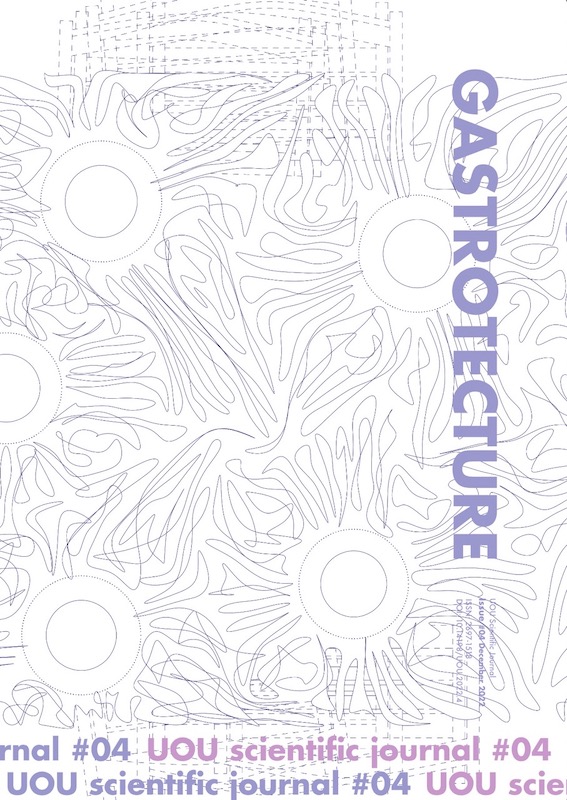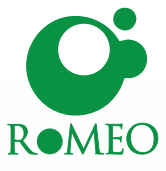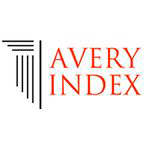Food as a City Masterplan: Three Visions
Abstract
In June 2021, LaPlasita organized a conference titled “Ciudades Alimentadas” (Fed Cities) Seville. My presentation there consisted of proposing three hypotheses for designing a city using a diet as an agent of urban and social planning.
The title: Food as a City Masterplan
The three diets were analyzed and referenced against my Food Design projects, and ultimately, I presented a scenario that described how these systems could alter the city on both an urban and social level.
Of the three diets described, I was personally most drawn to the third – which proposed that through the elimination of agriculture the city would become a platform for relationships and events, with food, the edible object, liberated from the act of cooking and from the traditional accoutrements of eating: dining rooms, food storage, all the usual necessities. This proposal was the most speculative I presented.
The second proposal was the most realistic and consisted of uniting organic farming with the new collaborative economy systems managed by DAO, blockchain and tokens. This created a visualization of how large-scale organic gardens might be managed.
This text, written after the fact, aims to provide an overview of all three proposals with a particular practical focus on the second, that of growing crops on the urban periphery, which I call "Extrarradio Jumbo Gardening"
Funding
LaPlasita, Arquitectura y Proyectos CulturalesDownloads
Downloads
Published
How to Cite
Issue
Section
License
Copyright (c) 2022 Martí Guixé

This work is licensed under a Creative Commons Attribution 4.0 International License.
The authors keep their rights upon their work, although they transfer, in a non-exclusive way, the rights of exploitation (reproduction, publication, distribution, public dissemination and presentation) to the Journal. The authors are, therefore, free to enter additional, separate contracts for the non-exclusive distribution of the version of the work published in the Journal (for instance, by hosting in an institutional repository or publication in a book), provided credit is given that the work was initially published in this journal. The works are published under a Creative Commons Attribution 4.0 (CC BY 4.0) license.












